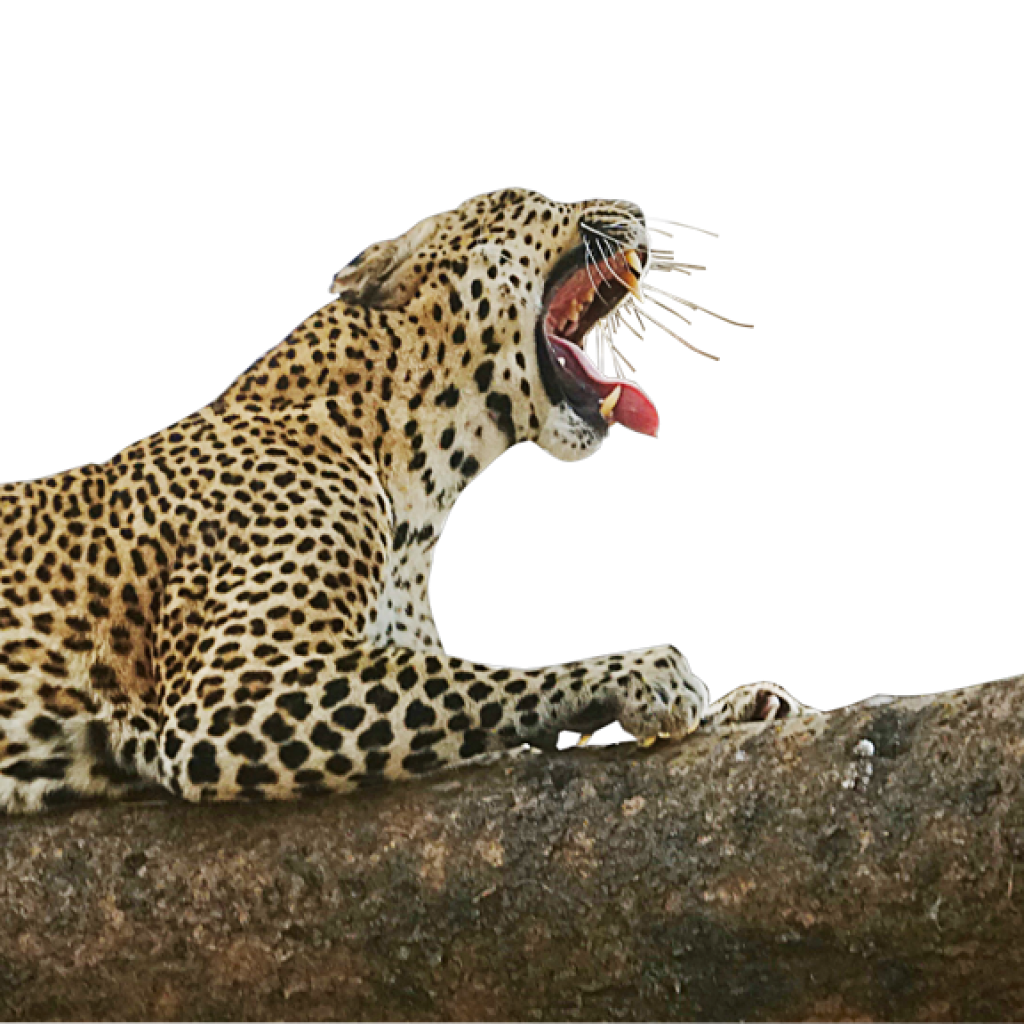
Uganda’s African leopard
(Panthera pardus pardus),recognised for its elusive nature, is part of the big cat family. The leopard is important for wildlife tourism, although its hunting is a sport in several regions adjacent to national parks. They are a staple of Uganda’s larger carnivore species. Secretive, solitary and efficiently elusive, they are often difficult to track but live around the Mweya peninsula in northern Queen Elizabeth National Park. Leopards are found in almost every protected area throughout the country though, like the lions, they suffer persecution for preying on domestic livestock.
UWA made the last count in 2023, supported by a team of researchers on large carnivores’ conservation in five Protected Areas (PAs). They are the Murchison Falls National Park
(MFNP) in mid-north-west Uganda, Kidepo Valley National Park (KVNP) in north East Uganda, Queen Elizabeth National Park in western Uganda, (QENP), Pian-Upe Wildlife Reserve (PUWR) in north-east Uganda and Lake Mburo National Park (LMNP) in western Uganda, and recorded a significant number of leopards.
Spotting the Leopard
The animal is most populous in QENP, home to 31 individuals, PUWR where eight live and the LMNP accommodating 25. The survey generated information on the conservation status of large carnivores, which included lions, cheetahs, spotted hyenas and wild dogs, which informs the development of the Large Carnivore Action Plan (2023– 2033).
The best places to spot these elusive big cats are QENP, PUWR and LMNP. Leopards have been
spotted in Murchison Falls National Park, especially at the Buligi game track in the northern section of the park, Kidepo Valley National Park and Semuliki National Park. The best time is either at dawn during the morning game drive or in the evening and night game drives when most nocturnal animals come out hunting.Fredrick Kiiza, the MFNP’s chief warden notes that the big cats’ population in the park is yet to be established.
What is special about leopards?
In Uganda in 2018 alone, 1,585 people purchased a night game drive permit for leopard viewing
in LMNP, equating to US$47,550 in revenue for the Ugandan Wildlife Authority (A.Kule, 2018, personal communication). Leopards are graceful and powerful big cats closely related to lions, tigers, and jaguars. They live in sub-Saharan Africa, northeast Africa, Central Asia, India and China. However, many of their populations especially outside of Africa are endangered.
Notable for its light-coloured and distinctive dark spots called rosettes, because they resemble the shape of a rose, leopards are some of the top drawcards for the photo-tourism industry. Leopards are powerful tree climbers with shorter legs and bigger heads. They have larger front legs than back ones to help aid their climb with a freshly killed meal. Their tails are also rounder to help them balance as they climb.
When it comes to power and agility, cheetahs cannot compete. Leopards live up to 12 years in the wild. Male leopards weigh between 60 and 90 kg, and females are much smaller at between 34 and 50 kg. The leopard is easily adaptable and can survive in various environments and climates.
Cheetahs are slinkier and lighter than leopards, built for sprinting after prey at high speeds.
They have smaller heads and longer legs than leopards. Cheetahs can run at 110-120 km/hour (up to 75
miles per hour), accelerating from 0 to 64 mph in three seconds, about twice as fast as leopards. The easiest way to differentiate the cheetah from the leopard is to look at their eyes. Cheetahs have black lines running down their faces, the “tear lines” starting from the inner eyes
and running right down to their mouths. Leopards do not.
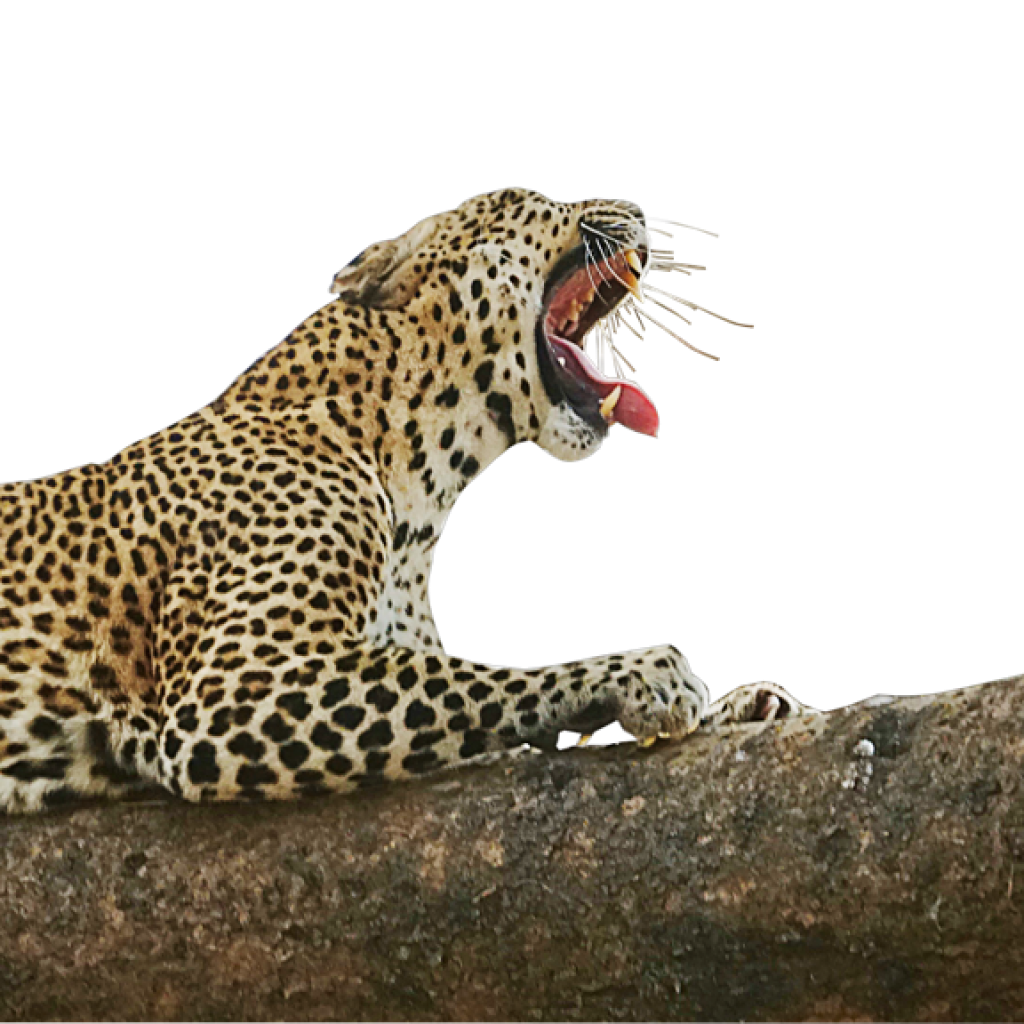
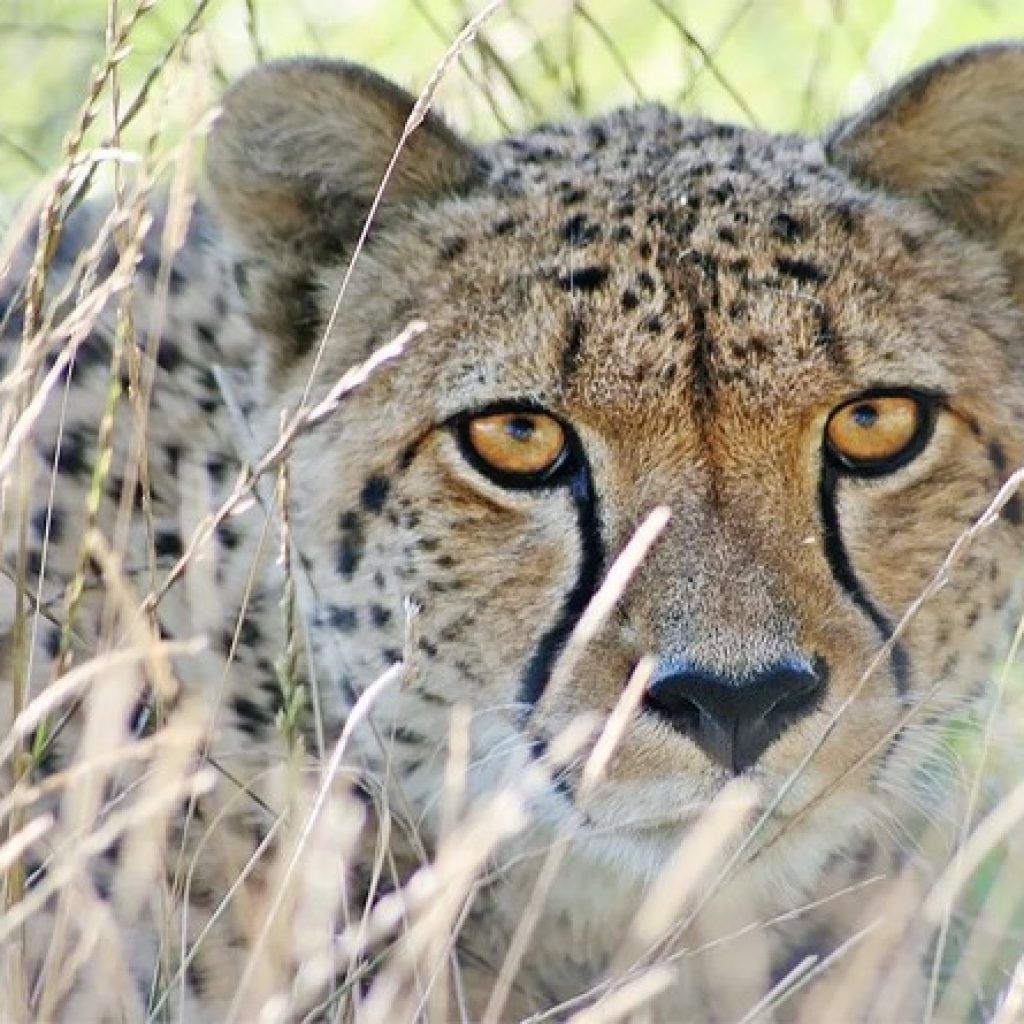
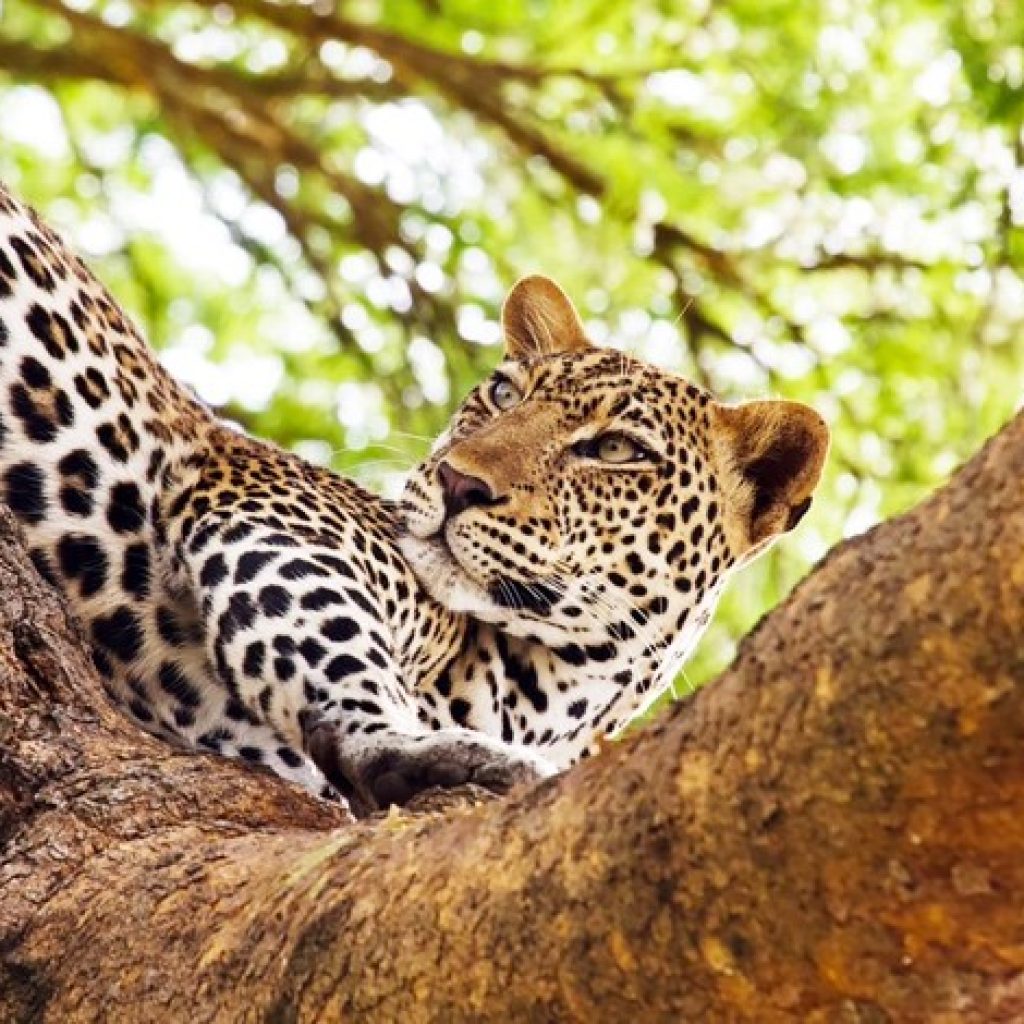
Breeding
A leopard pregnancy lasts three months and delivers two greyish cubs with barely visible spots any time of the year. The mother hides and moves her cubs from one safe location to another until they are old enough to play and learn to hunt. Cubs live with their mothers for about two years—otherwise, leopards are solitary animals.
Hunting skills
The leopard is strong and comfortable in trees, and it can also hunt from there, where their spotted coats blend with the leaves until they spring with a deadly effect. These nocturnal predators stalk antelope, deer and pigs in the tall grass. When human settlements are present, leopards attack goats, dogs
and, occasionally, people.
Human-wildlife conflict Stealthy as they are, leopards breach fairly predator-proof bomas and kraals to steal sheep and goats, prompting local resentment, the result of which can be a goat or ewe
the carcass laced with poison and left in the bush as a trap.
According to reports, from January 2009 – December 2018, leopards were responsible for 340 (or 31%) of attacks on cattle, sheep and goats on the edge of Lake Mburo National Park. The ramification was that at least 19 leopards were killed in four years from 2003 to 2006 at the boundary with that park, according to a report from CITES.
The leopard was polled as the leading large carnivore with 20 cases in the UWA annual report FY 2022/23, on the type of animal involved in human-wildlife conflict. While crop raids appear to be the most frequent conflict occurrence, with 2,315 instances reported, livestock predation posted 44 cases in that period, which could be attributed to any of the large carnivores such as a leopard.
The good news is that UWA is working with local communities to enhance their livestock protection, while at the same time educating people about the dangers of grazing their animals where leopards are
known to frequent.
According to a statement from Uganda Carnivore Org, scientific data use comes in handy here, “By
tracking collared leopards, we get a good idea of their movements to prevent human-carnivore conflict.” While livestock predation cannot always be stopped, continued monitoring and early-warning alert systems have reduced attacks on livestock and the local people’s punitive measures against predators. Thanks to a combination of education efforts, Queen Elizabeth National Park leopards have a much better chance of survival. There is a story about a leopard named Kim and her incredible relationship with the community of Muhokya, which has since been referred to as Leopard Village in QENP. It is a powerful testament to the determination that local people have to protect their carnivores.
Leopard fashion, a cultural icon
The leopard in African art is the most depicted creature in paintings for its captivating, elegant spots, graceful movement and elusive nature. Leopards are deeply ingrained in the cultural fabric ofmany African societies.
They are often associated with powerful qualities like wisdom, courage and resilience, making an ideal symbol for warriors and leaders. In Buganda, Uganda’s largest traditional kingdom,
the Kabaka (King) is regularly wrapped in a ceremonial regalia of leopard print at important kingdom functions to accentuate his authority and nobility before his subjects.
At most Ugandan festivals, it is common to see individuals adorned in leopard costumes while
performing elaborate rituals.
But while the leopard is a fashion icon and is touted as the most resilient big cat, according to findings released on June 27 by the International Union for Conservation of Nature (IUCN), a part of an update to its Red List of Threatened Species, these majestic cats’ population has declined by more than 30% over the last 22 years. They have disappeared from entire swathes of their historic range and may be extinct in 26 countries they formerly roamed. Their threats in Uganda include shrinking habitats, diminishing prey, conflict with humans, and poaching hence the urgency to protect and preserve

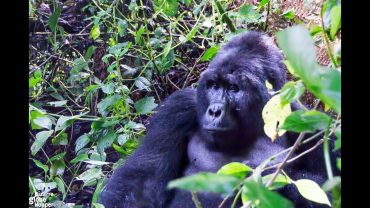
Comment (0)